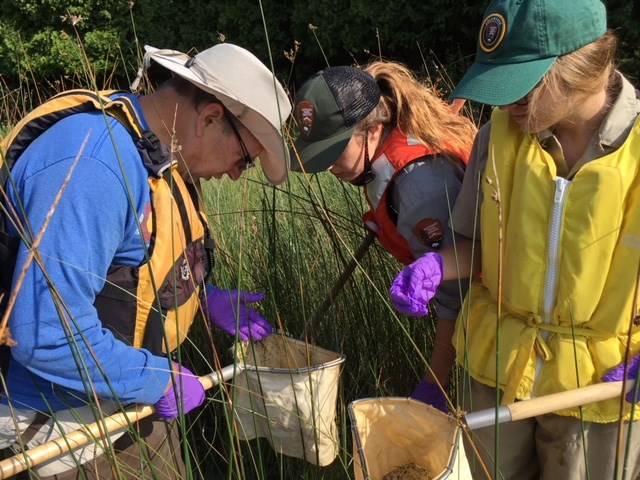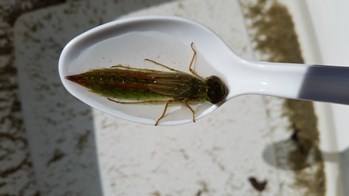
NPS Photo
The mercury which has bioaccumulated in the bodies of the dragonfly nymphs can be used to estimate mercury levels in the lakes and wetlands they are from, as well as fish, if present. Mercury in its methylated form is toxic, and capable of causing reproductive and neurological impairment in both humans and wildlife. More than 90 national parks have participated in the Dragonfly Mercury Project since it began in 2011. The project is a collaboration among several organizations, including the NPS, USGS, University of Maine, and the Schoodic Institute. Knowing the levels of mercury in dragonfly larvae can help the NPS identify hot spots to guide future park research and inform risk communication to protect the public. It can also provide baseline information to measure the effectiveness of mercury reduction policies. Not only that, but the citizen scientists who participate learn more about the natural world!

NPS photo
Visit Dragonfly Mercury Project for more information.
Last updated: September 12, 2018
